Struggling to find the right height for your barbell? Setting the standard barbell height correctly ensures proper form and reduces injury risk. In this guide, we’ll explore the ideal bar heights for various exercises and how to adjust them for the best performance.
Key Takeaways
-
Standard barbell height influences lifting mechanics, affecting stance, grip, and risk of injury.
-
Correct bar height is essential for safety and performance, with specific adjustments needed for exercises like deadlifts, bench presses, and squats.
-
Choosing the right barbell type is critical for achieving fitness goals, with differences between standard, Olympic, and specialty barbells impacting performance.
Understanding Standard Barbell Height

The height of your barbell is more than just a number; it’s a critical factor that influences your entire lifting experience. Standard barbell height plays a crucial role in the mechanics of lifting, affecting everything from your stance and grip to the overall efficiency of your lifts. Incorrect bar height can lead to improper form and increased risk of injury, making it essential to get it right.
To fully grasp the concept of bar height, we first need to understand the standard height dimensions of barbells and how they compare to Olympic barbells. This knowledge will provide a solid foundation for optimizing your lifting technique and performance.
Standard Barbell Dimensions
Standard barbells come in a variety of dimensions, tailored to different lifting needs. Typically, these barbells weigh between 4 kg to 10 kg and can support a maximum loading capacity of up to 500 kg (1,100 lb). The length of standard barbells ranges from 1.22 meters (4.0 ft) to 2.16 meters (7.1 ft), providing flexibility for various lifting exercises. The diameter of these barbells also varies, usually being 28-29 mm for men and 25 mm for women, which impacts the grip and overall lifting mechanics.
When setting up for a lift, it’s essential to consider these dimensions. For instance, a barbell that’s too long or too short can affect your balance and the distribution of weight plates, which could lead to inefficient lifting and potential injuries. Understanding these standard dimensions will help you select the right barbell and set it at the appropriate height for your lifts.
Comparison with Olympic Barbells
Before: Olympic barbells, often used in competitive lifting, differ significantly from standard barbells in several key aspects. A men’s Olympic barbell weighs 20 kilograms (44 lb) and measures 2.2 meters (7.2 ft) in length, which is slightly longer and heavier than standard barbells. These barbells are designed to accommodate Olympic weights and have specific standards that make them ideal for dynamic movements like the clean and jerk or snatch.
After: Olympic barbells differ significantly from standard barbells in several key aspects:
-
A men’s Olympic barbell weighs 20 kilograms (44 lb)
-
It measures 2.2 meters (7.2 ft) in length, which is slightly longer and heavier than standard barbells
-
These barbells are designed to accommodate Olympic weights
-
They have specific standards that make them ideal for dynamic movements like the clean and jerk or snatch
The differences in weight and length can affect your lifting technique and performance. For instance, the additional length of an Olympic barbell can provide more whip, which is beneficial for explosive lifts but might be less stable for heavy, static lifts like deadlifts or squats in Olympic weightlifting, especially when lifting more weight.
Understanding these differences is crucial for lifters who switch between standard and Olympic barbells, as it can significantly impact their lifting mechanics and outcomes.
Importance of Proper Barbell Height

The height at which you set your barbell is not just a minor detail; it is a critical element that ensures you can perform exercises safely and effectively. Proper bar height affects your stance, grip, and overall lifting mechanics, making it essential for both safety and performance. Imagine trying to deadlift with the bar too high or too low; it would compromise your form and increase the risk of injury.
Adjusting the bar height appropriately can optimize your performance across various exercises, from deadlifts to bench presses and squats. In this section, we will explore the safety considerations and performance benefits of setting the correct bar height.
Safety Considerations
Safety should always be a top priority when lifting, and the correct barbell height plays a significant role in preventing injuries. Setting the bar at the appropriate height helps to avoid excessive strain on your back and joints, which is crucial for injury prevention. For example, during bench presses, the bar should be at a height that allows you to maintain a stable grip without straining your wrists.
Using safety squat bars can also reduce the risk of injury by positioning the weight differently on the body, alleviating stress on the shoulders and neck during squats. Ensuring the bar height is suitable for your body mechanics will help you lift more safely and effectively, minimizing the risk of accidents.
Performance Benefits
Beyond safety, the correct bar height can significantly enhance your lifting performance. Setting the barbell at an optimal height minimizes the risk of accidents by ensuring that you maintain proper posture throughout the lift. For instance, during squats, the appropriate bar height supports balance and ensures the bar rests comfortably on your upper back without causing strain.
Using the right bar height can also enhance stability and control, allowing you to lift heavier weights more efficiently. This not only improves your performance but also helps in achieving your fitness goals more quickly and effectively.
Adjusting Barbell Height for Different Exercises

Adjusting the bar height for different exercises is essential for maximizing lifting efficiency and safety. Each exercise has its unique requirements, and setting the bar at the right height can improve leverage and muscle activation. For instance, the bar height for deadlifts differs significantly from that for bench presses or squats.
This section will provide practical tips on adjusting bar height for deadlifts, bench presses, and squats, ensuring you can perform these exercises effectively and safely.
Deadlifts
When it comes to deadlifts, the bar height is typically set at 8.875 inches from the ground, aligning with the mid middle of your shins. Using a 45-pound Olympic plate sets the bar at approximately 9 inches off the ground, which is considered ideal for deadlifting. This height allows for optimal leverage and muscle activation, making it easier to lift heavier weights with proper form.
Adjusting the bar height based on the size of the weight plates used is also crucial. Smaller plates will lower the bar, while larger plates will raise it, affecting your lifting mechanics. Ensuring the bar is at the correct height will help you perform deadlifts more efficiently and safely.
Bench Press
For bench pressing, the bar should start at a height that allows you to comfortably reach and grip it without overstretching. Achieving the correct bar height ensures that you can maintain proper form, preventing wrist hyperextension and other potential injuries.
The right bar height facilitates a stable grip and allows you to press the bar smoothly, which is essential for maximizing your lifting performance. Always ensure the bar is at a height that suits your body mechanics to avoid unnecessary pressure.
Squats
Squats require precise bar height adjustments to ensure stability and effectiveness. For back squats, the bar should generally be positioned at shoulder height, allowing you to maintain optimal posture while standing throughout the squatting lift.
Adjusting the bar height based on your body mechanics and squat depth can enhance the effectiveness of your squats. Setting the bar too high or too low can lead to imbalances, affecting your form and increasing the risk of injury.
Choosing the Right Barbell for Your Needs

Selecting the right barbell is crucial for aligning with your fitness objectives and workout style. The choice between powerlifting bars and Olympic bars depends on your specific lifting goals.
In this section, we will compare powerlifting bars with Olympic bars and explore the benefits of specialty barbells to help you make an informed decision.
Powerlifting Bars vs. Olympic Bars
Powerlifting bars are designed to support heavier weights and have a thicker diameter for better grip during squats and deadlifts. These bars are typically stiffer, providing more stability for heavy lifting. The standard weight for a powerlifting bar is often 20 kilograms, approximately 44 pounds.
Olympic bars, on the other hand, are equipped with sleeves that allow for rotation, aiding in dynamic lifts such as the clean and jerk. These standard bars are ideal for Olympic lifting, where explosive movements pull commonly from the Olympic bar and bend Olympic plates.
Understanding these differences will help you choose the preferred fine bar that best suits your lifting style and goals.
Specialty Barbells
Specialty barbells offer unique designs and features catering to various lifting techniques and goals. Trap bars, for instance, are valuable for deadlifts and shrugs, providing a different grip and lifting mechanics. These bars can vary in weight from 45 pounds to 65 pounds, depending on the manufacturer.
Swiss bars, with their multiple grip options, allow for a variety of exercises targeting different muscles groups. Incorporating specialty barbells into your routine can enhance your strength training by providing diverse and effective workout options.
Tips for Setting Up Your Lifting Space

Creating an effective lifting space is essential for maximizing your performance and ensuring safety in the world of fitness. Designating specific zones to create different workouts can enhance your routine and minimize distractions. A well-arranged gym room not only contributes to a more focused session but also promotes safety and performance.
This section will provide practical tips on setting up your lifting space, focusing on floor and rack setup and space management.
Floor and Rack Setup
Choosing appropriate flooring is crucial for preventing slips and providing stability while lifting heavy weights. The floor beneath a barbell rack should be strong enough to support the weight, with concrete or reinforced hardwood being ideal.
Proper assembly of a barbell rack is also crucial; ensuring all parts are securely tightened helps prevent instability during lifting. Using shock-absorbent flooring can further reduce impact and prevent injuries during lifts.
Space Management
Maximizing your lifting space by keeping equipment organized and easily accessible is key to an efficient workout. Ensure there is adequate distance between different stations to avoid overcrowding and facilitate movement in the center.
Utilize sturdy, non-slip flooring to reduce the risk of accidents and ensure effective lifting performance. Position racks at appropriate heights to accommodate various lifters and types of exercises, ensuring accessibility and safety.
Summary
Summarizing the key points, understanding and adjusting bar height is crucial for safe and effective lifting. From selecting the right barbell to setting up your lifting space, every detail matters. Proper bar height not only enhances performance but also minimizes the risk of injuries.
As you apply these insights to your lifting routine, remember that attention to detail can make a significant difference in your progress and safety. Lift smart, lift safe, and keep pushing towards your fitness goals.
Frequently Asked Questions
Why is the correct barbell height important?
The correct barbell height is crucial for effective lifting mechanics and injury prevention, as it directly impacts your stance, grip, and overall efficiency during lifts. Prioritizing proper height will enhance your performance and safety.
What is the typical height for deadlifts?
The typical height for deadlifts is around 8.875 inches, which is generally at mid-shin level. This height allows for optimal mechanics and safety during the lift.
How do Olympic barbells differ from standard barbells?
Olympic barbells differ from standard barbells in that they are heavier at 20 kg (44 lb), longer at 2.2 meters (7.2 ft), and feature rotating sleeves to accommodate dynamic lifts. This design enhances performance and safety for weightlifters.
What are the benefits of using specialty barbells?
Using specialty barbells can significantly improve your workout by providing unique grip options and mechanics tailored to specific lifting techniques and goals. This variety can enhance your performance and reduce the risk of injury.
How should I set up my lifting space to ensure safety?
To ensure safety in your lifting space, use a non-slip, sturdy floor and maintain an organized environment by properly assembling your equipment and avoiding overcrowding. This will facilitate safe movement and reduce the risk of accidents.





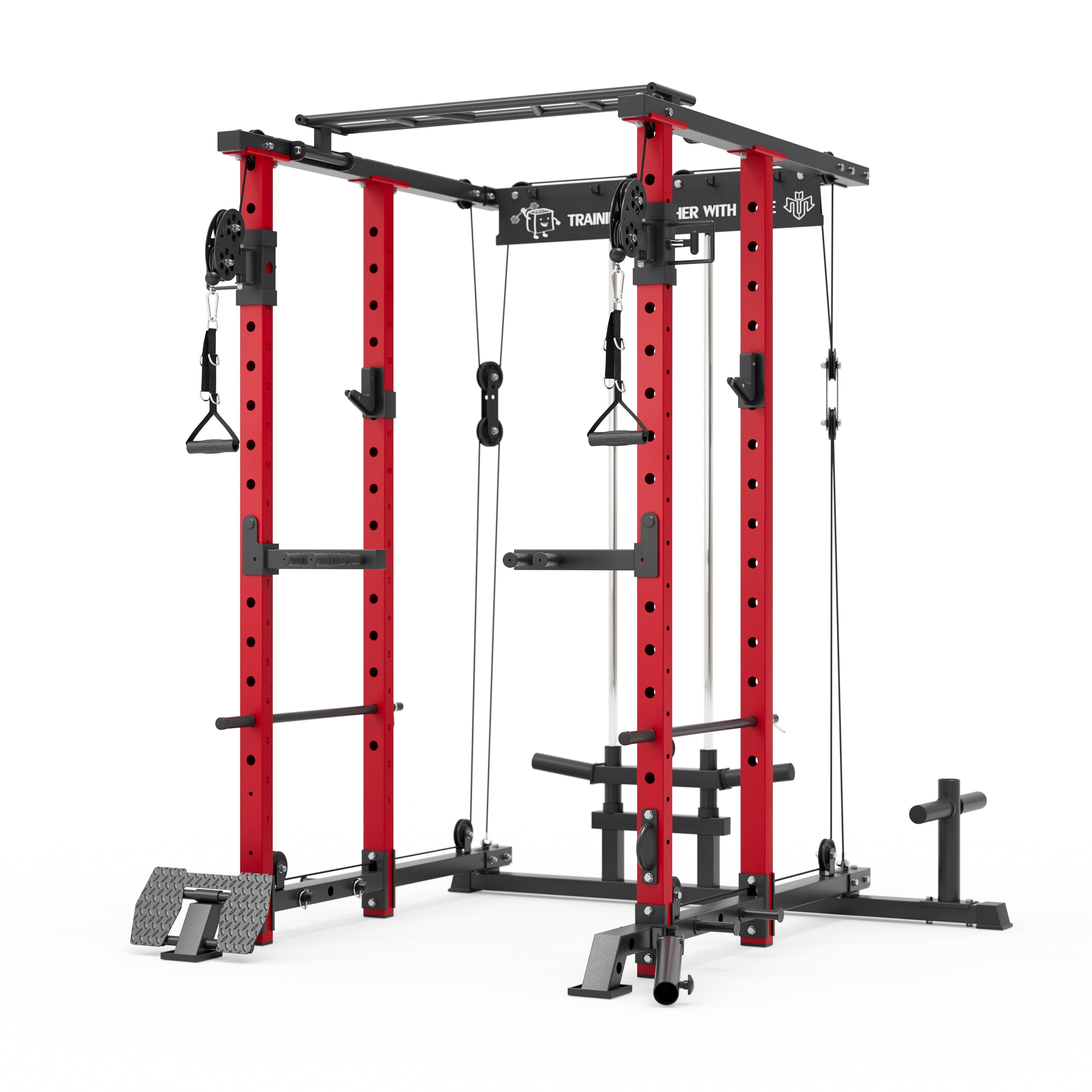
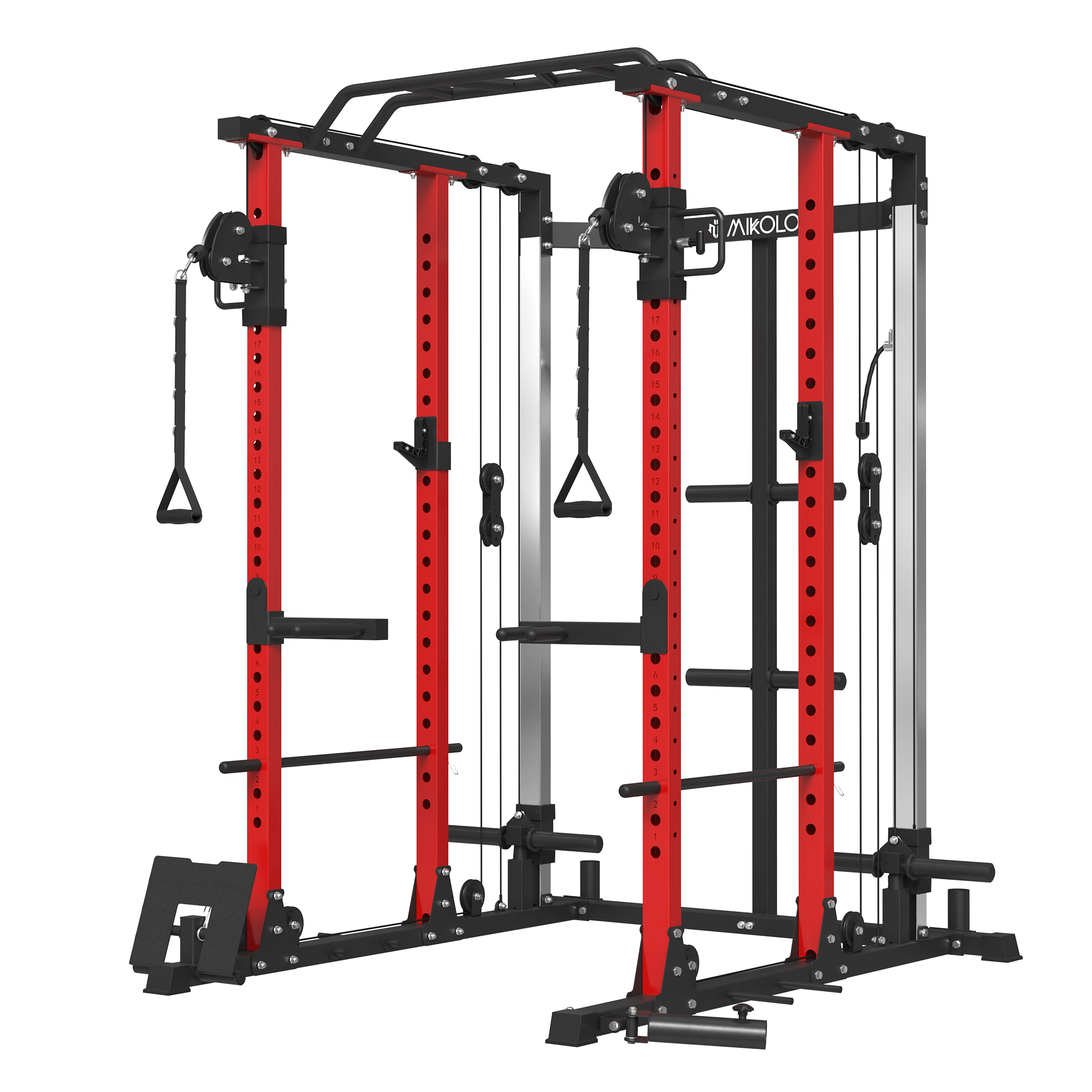

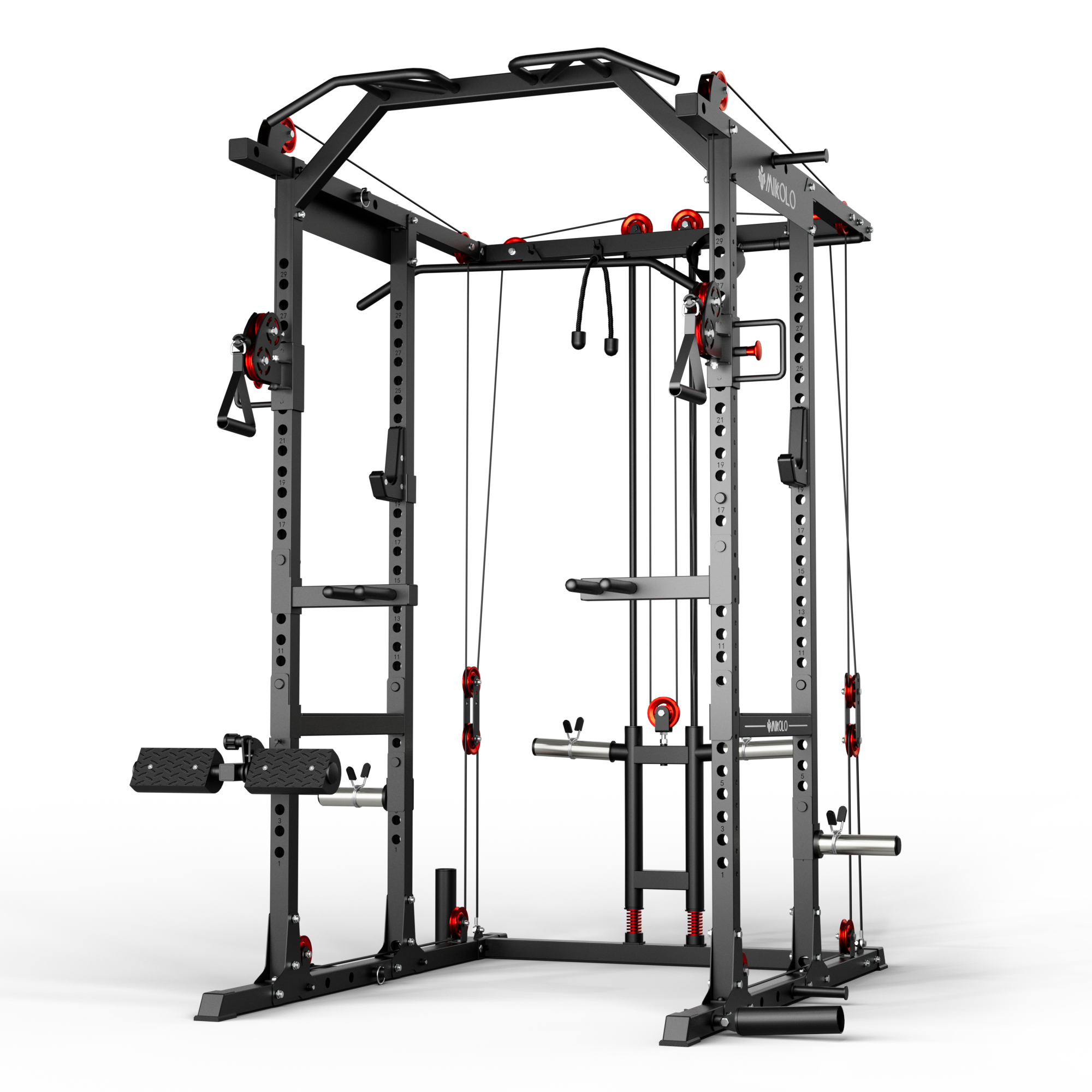
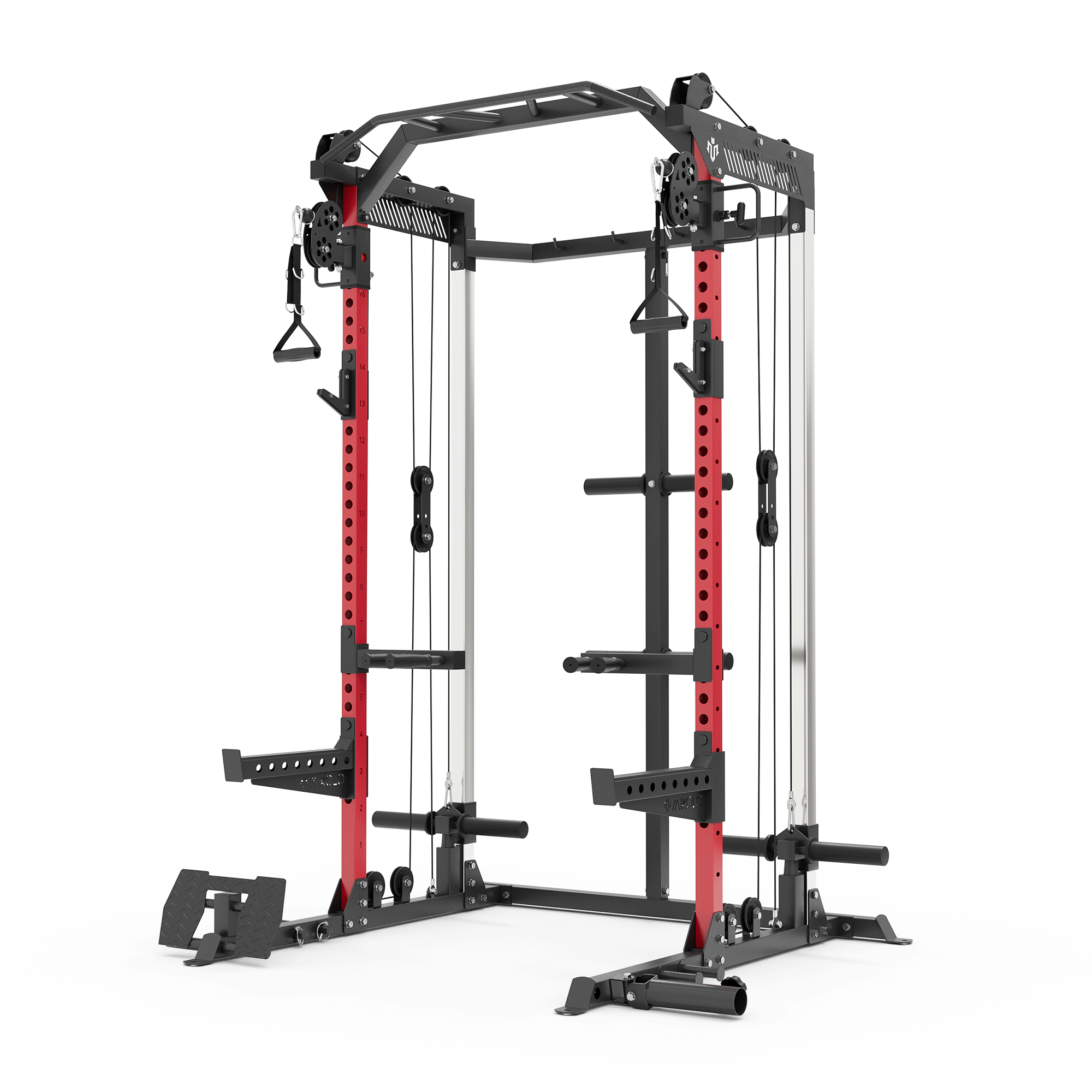
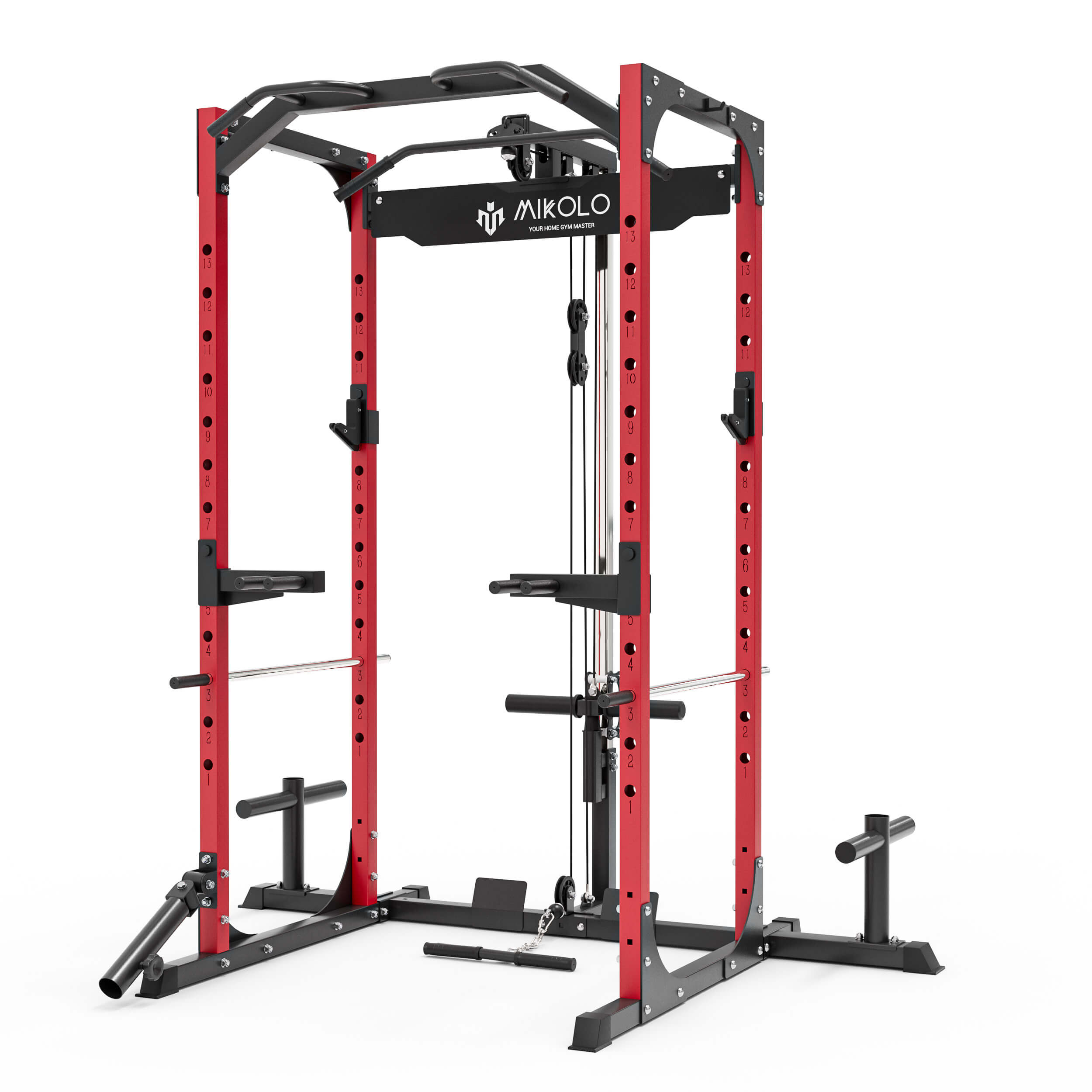




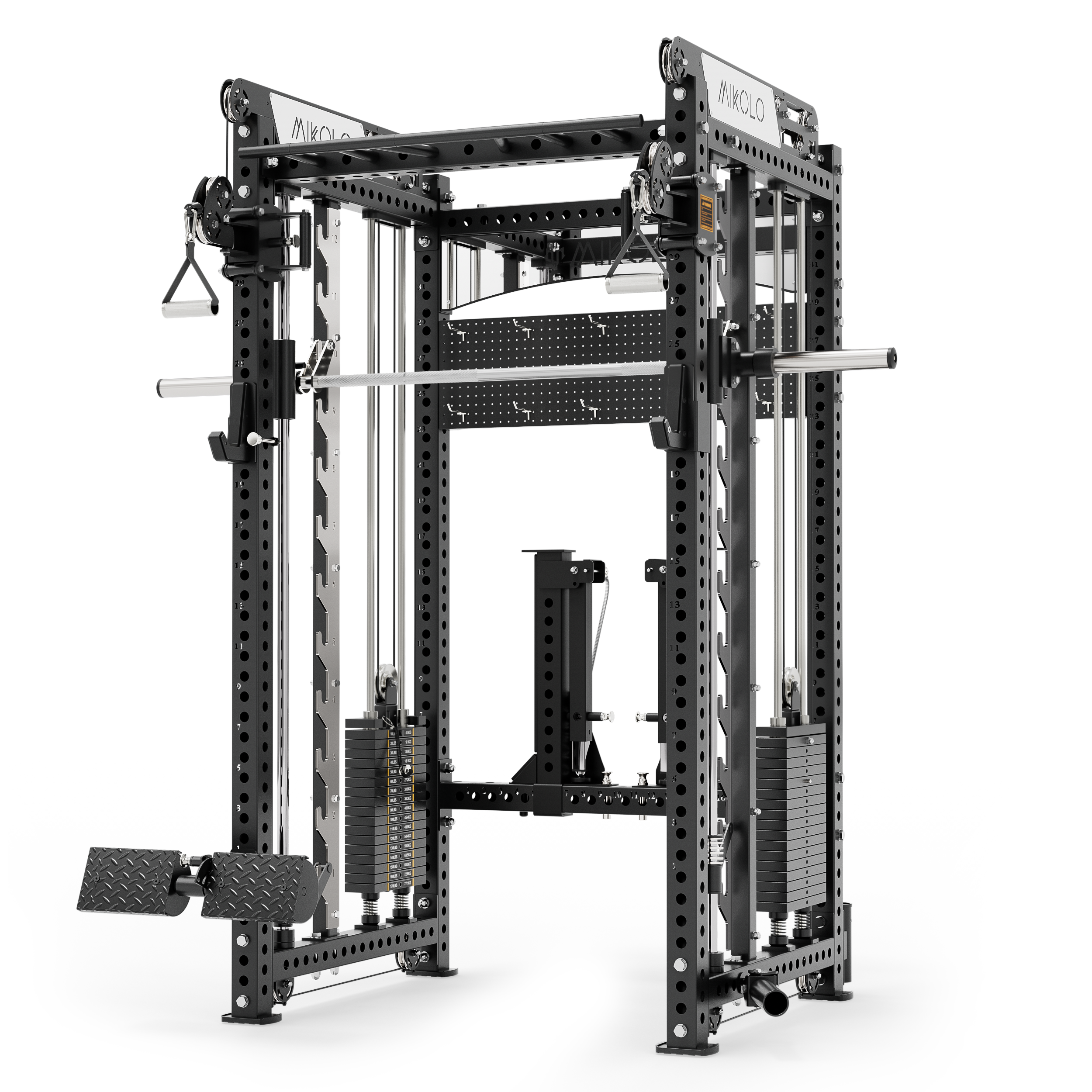
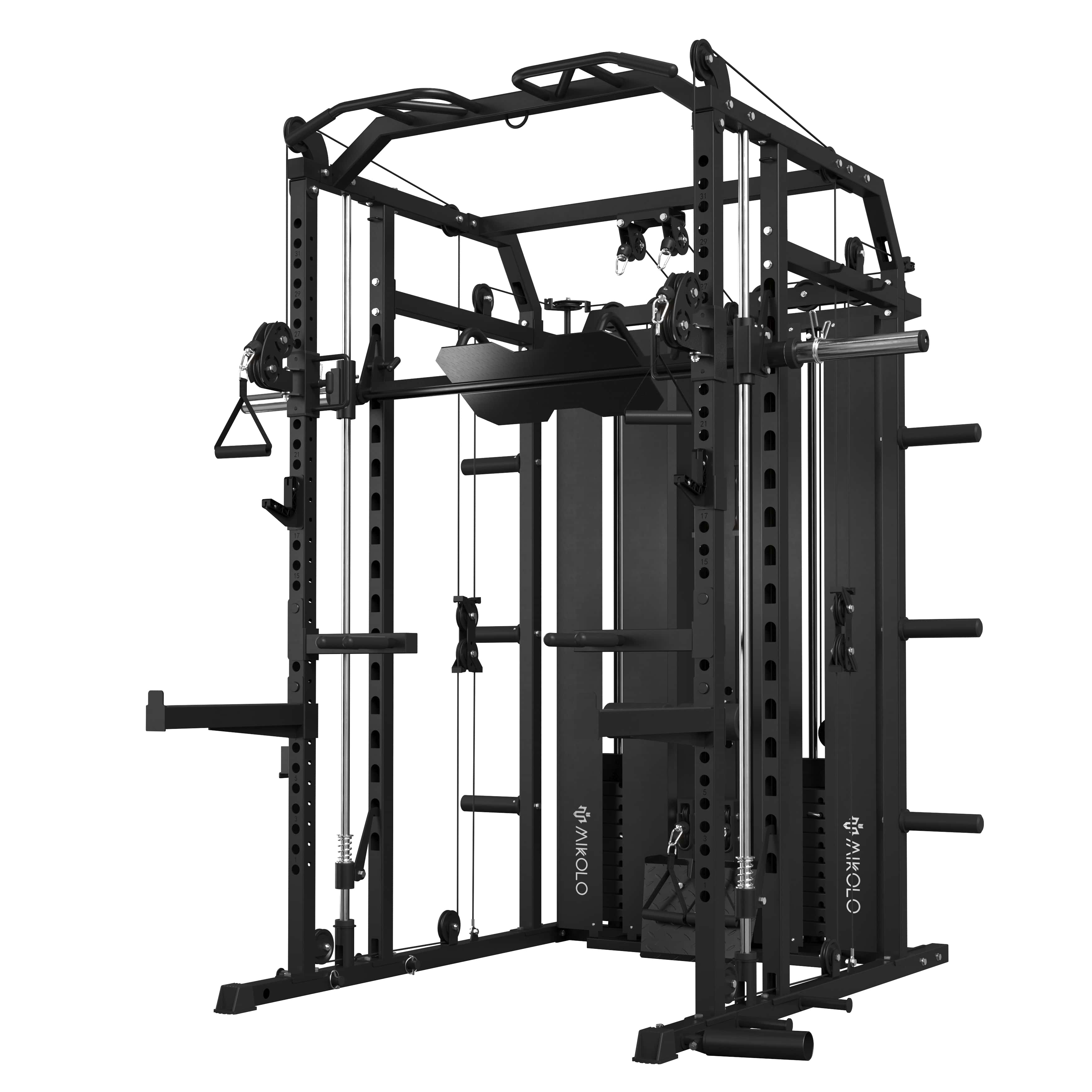
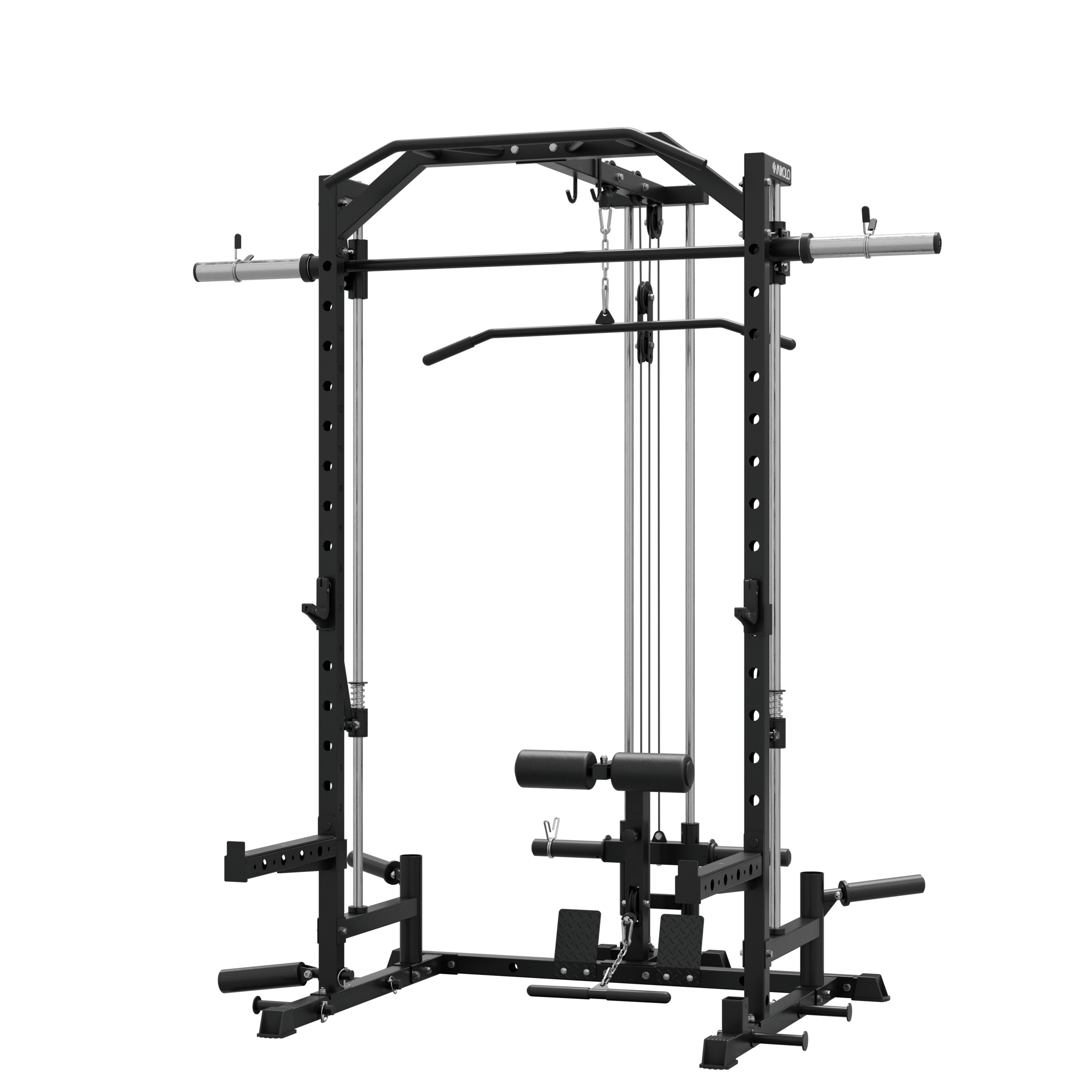
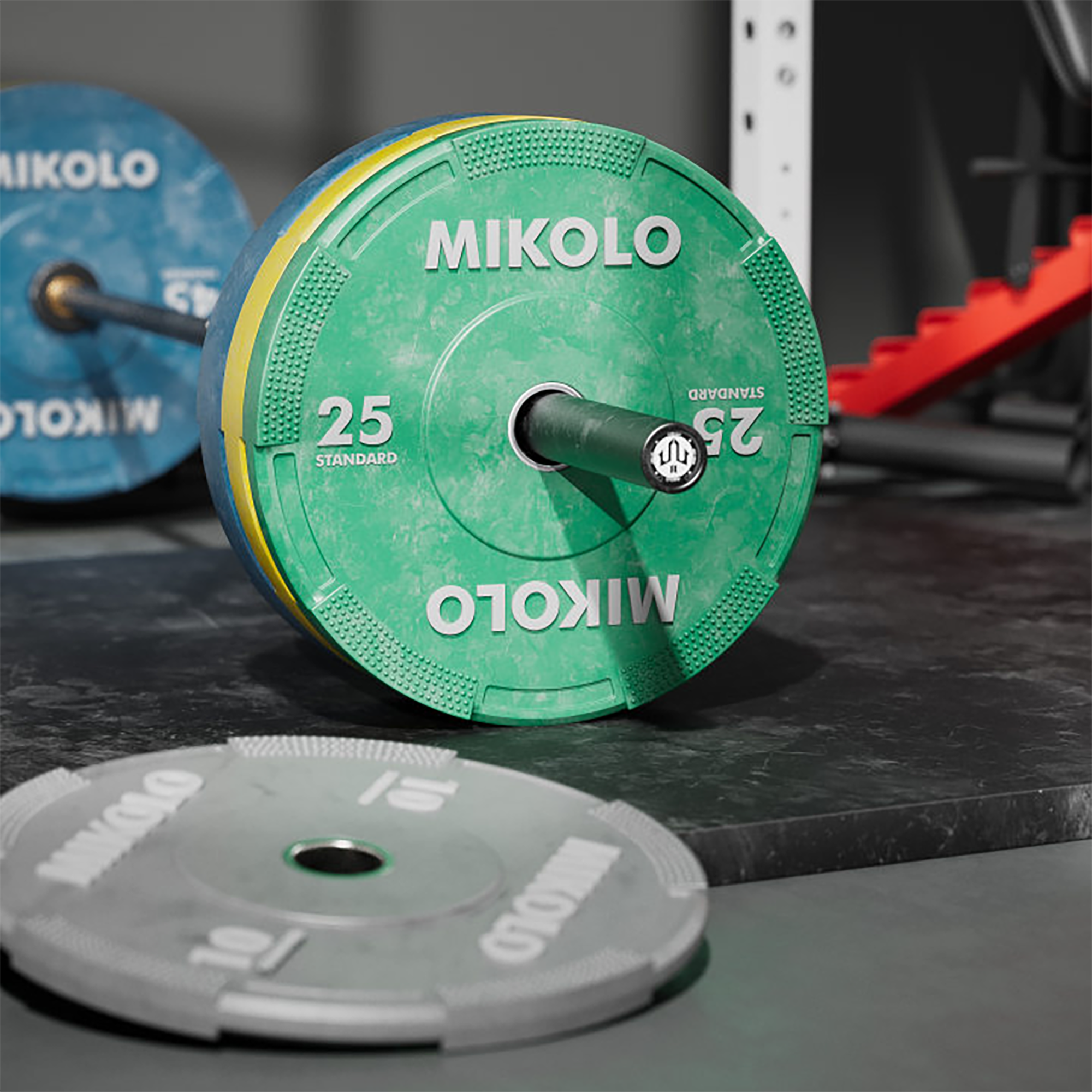


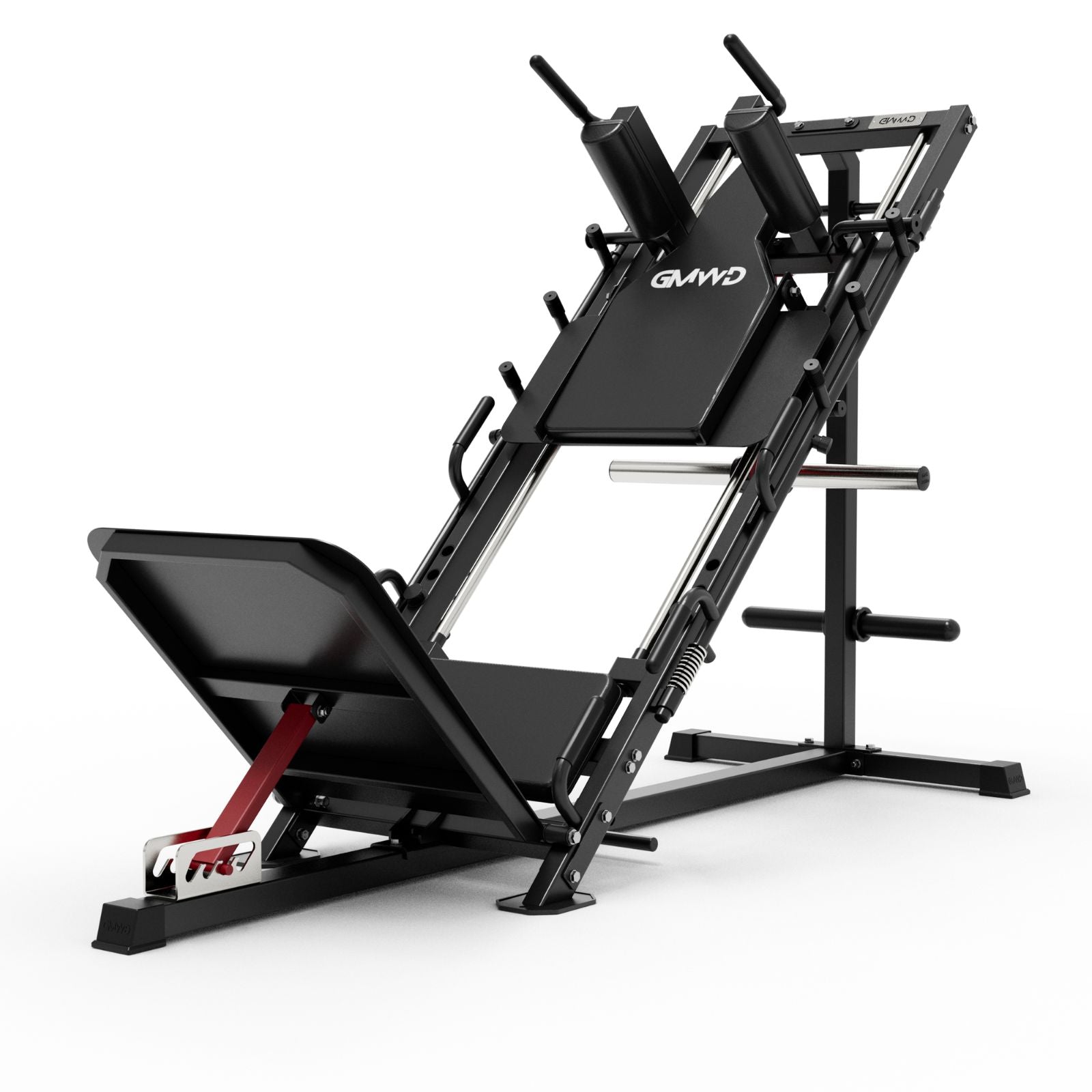


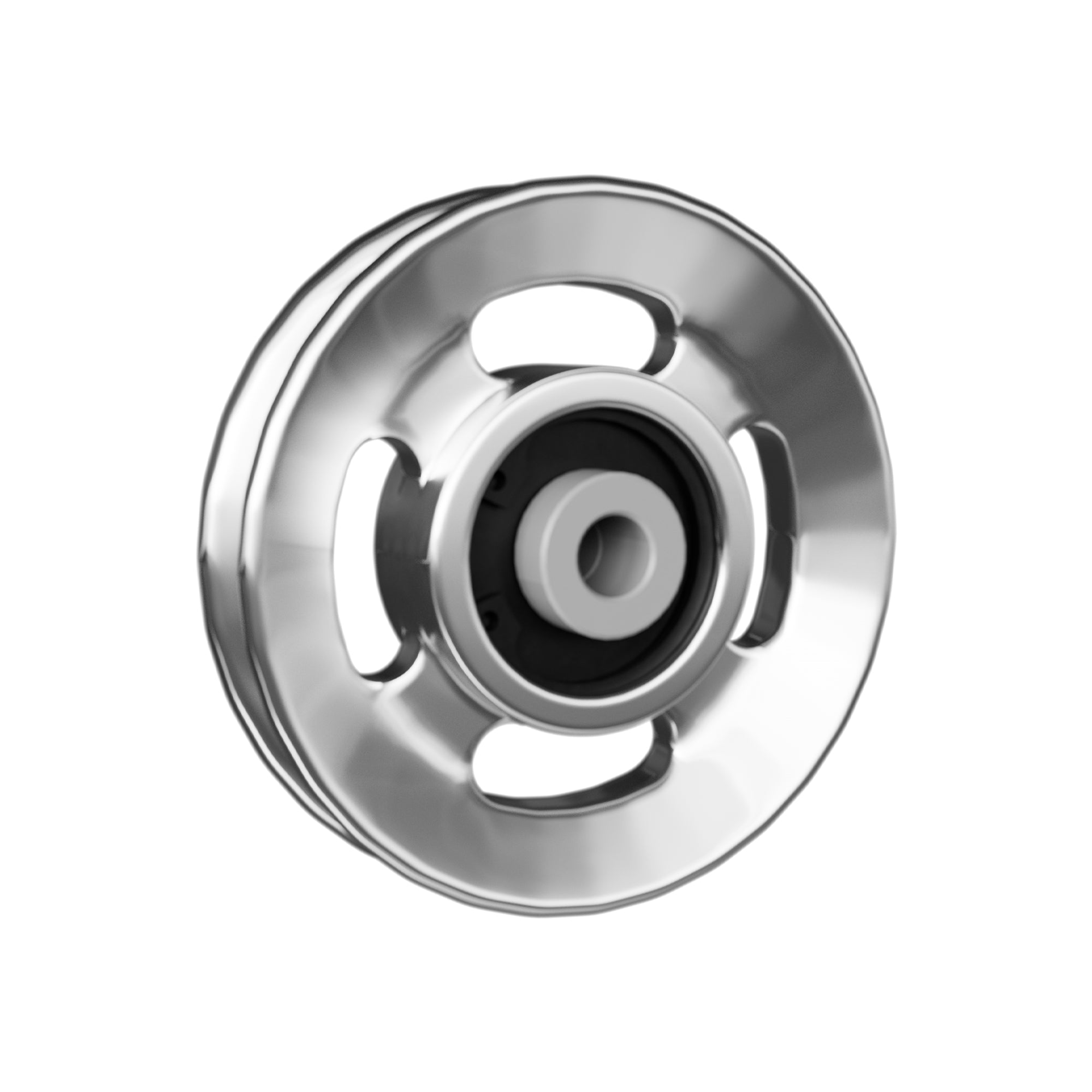
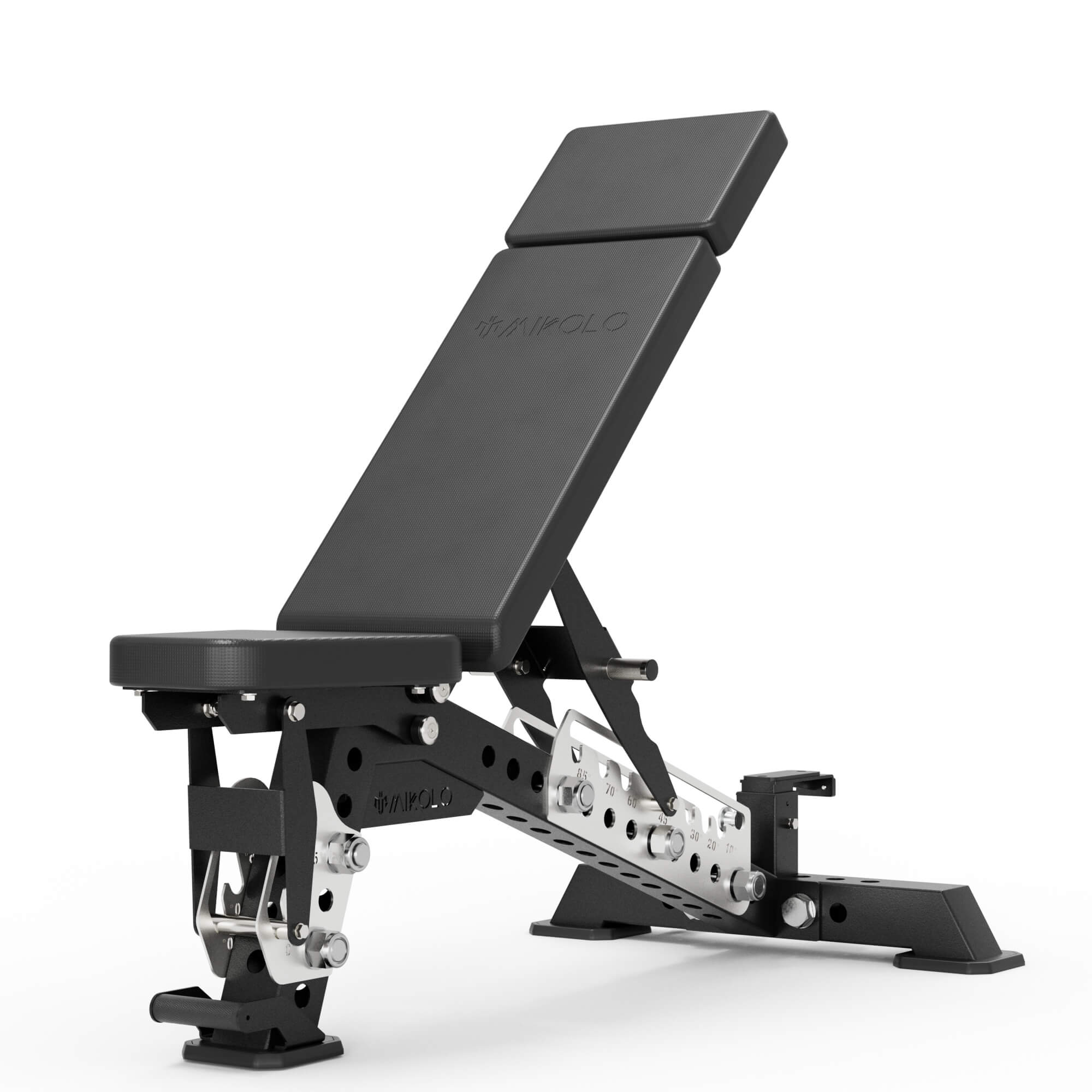
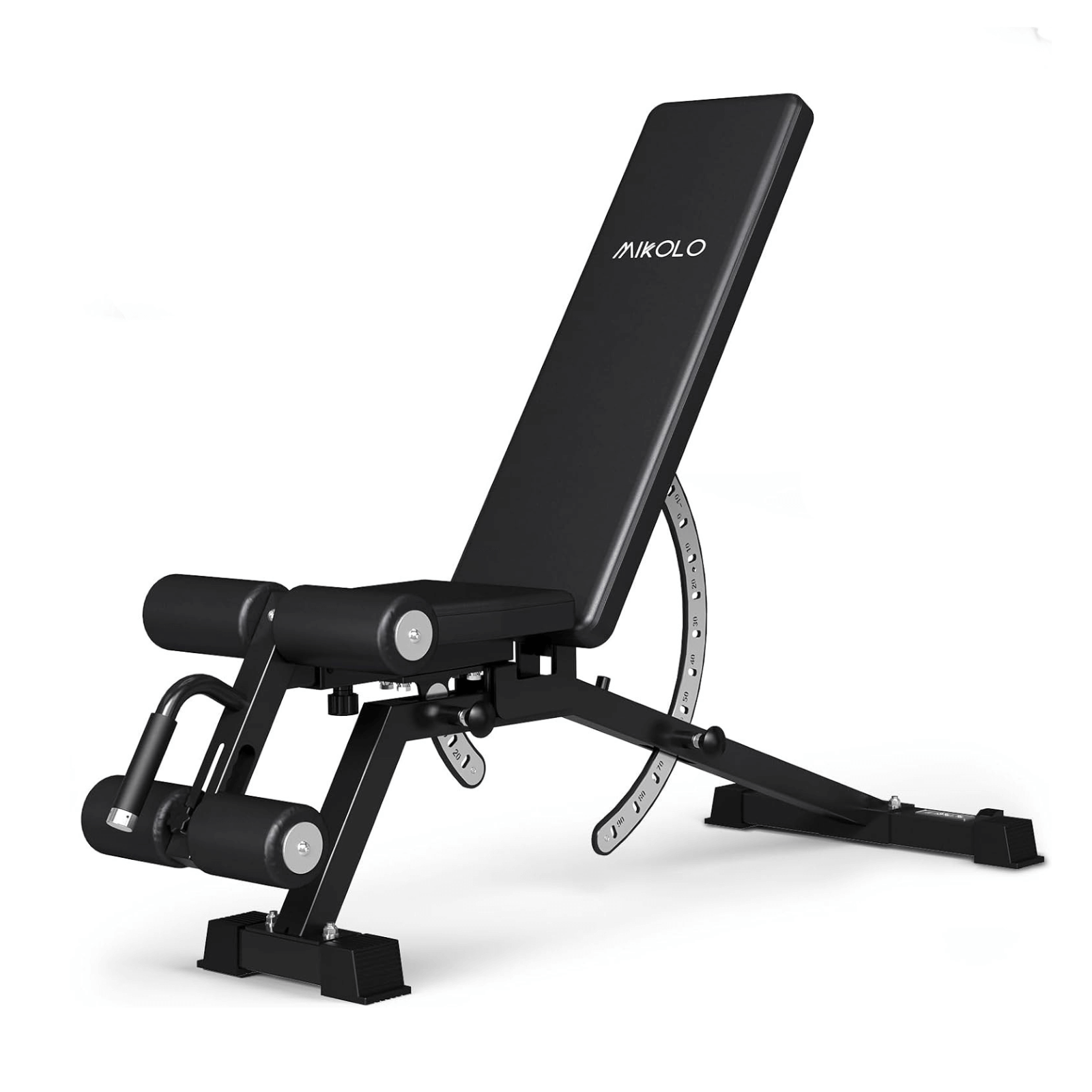

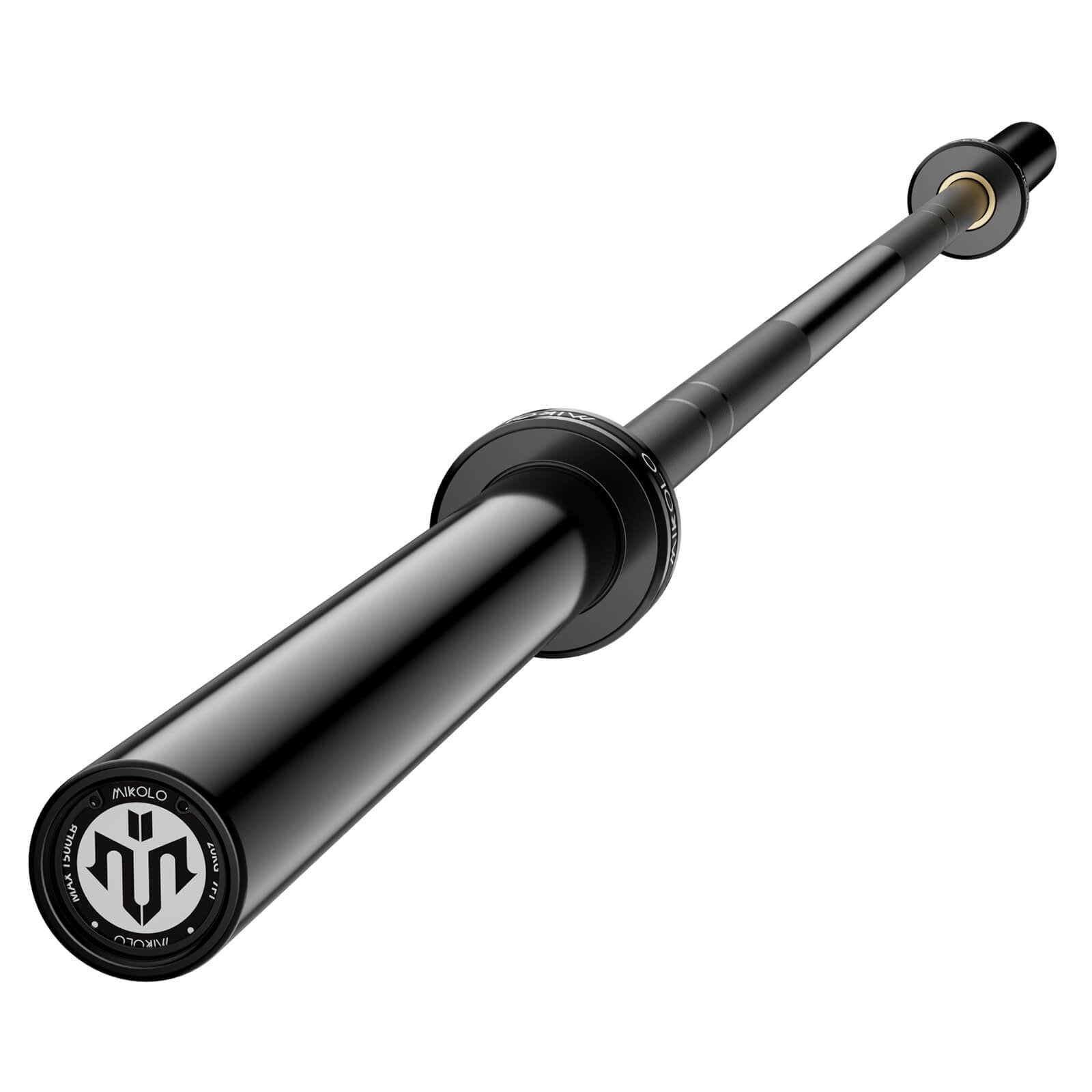
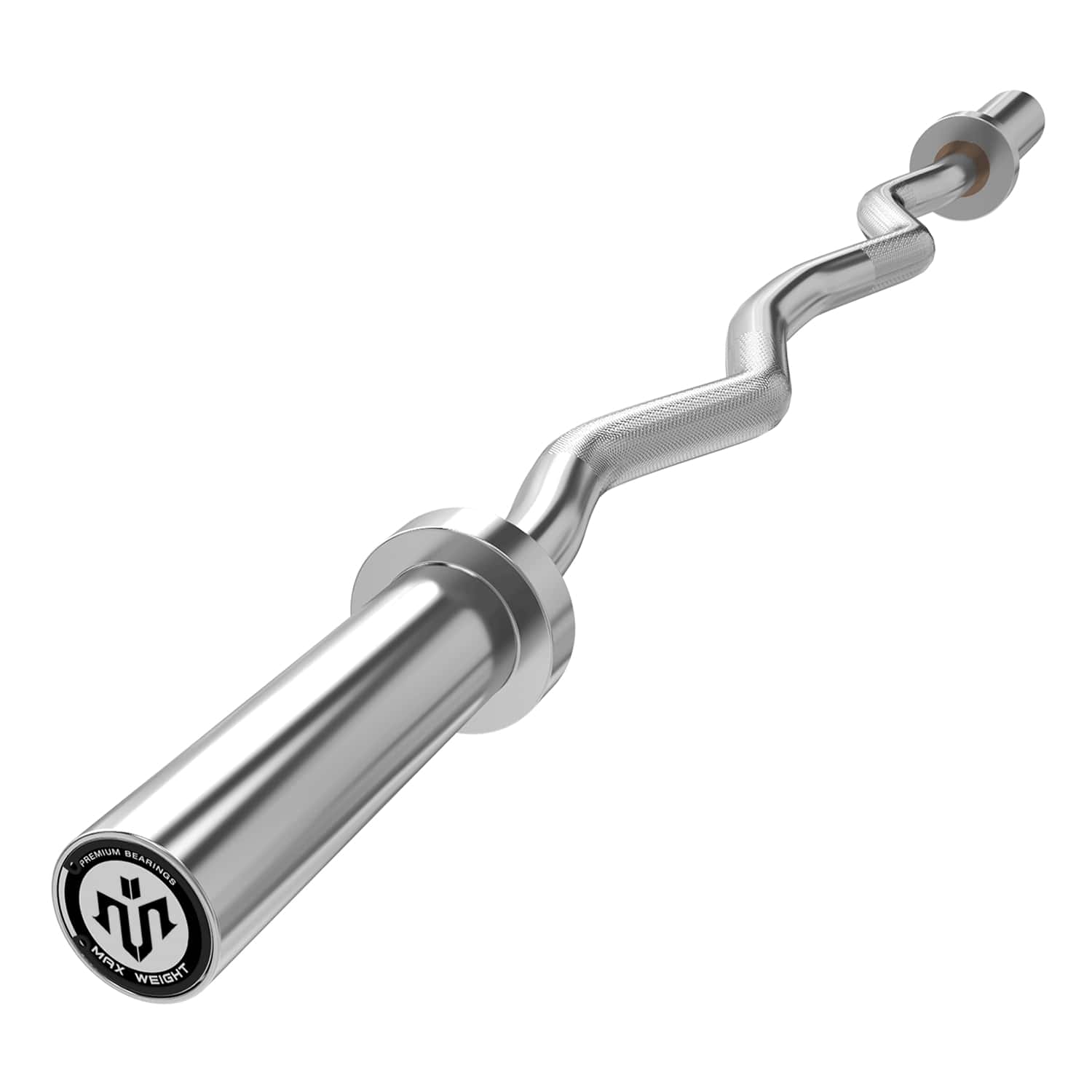
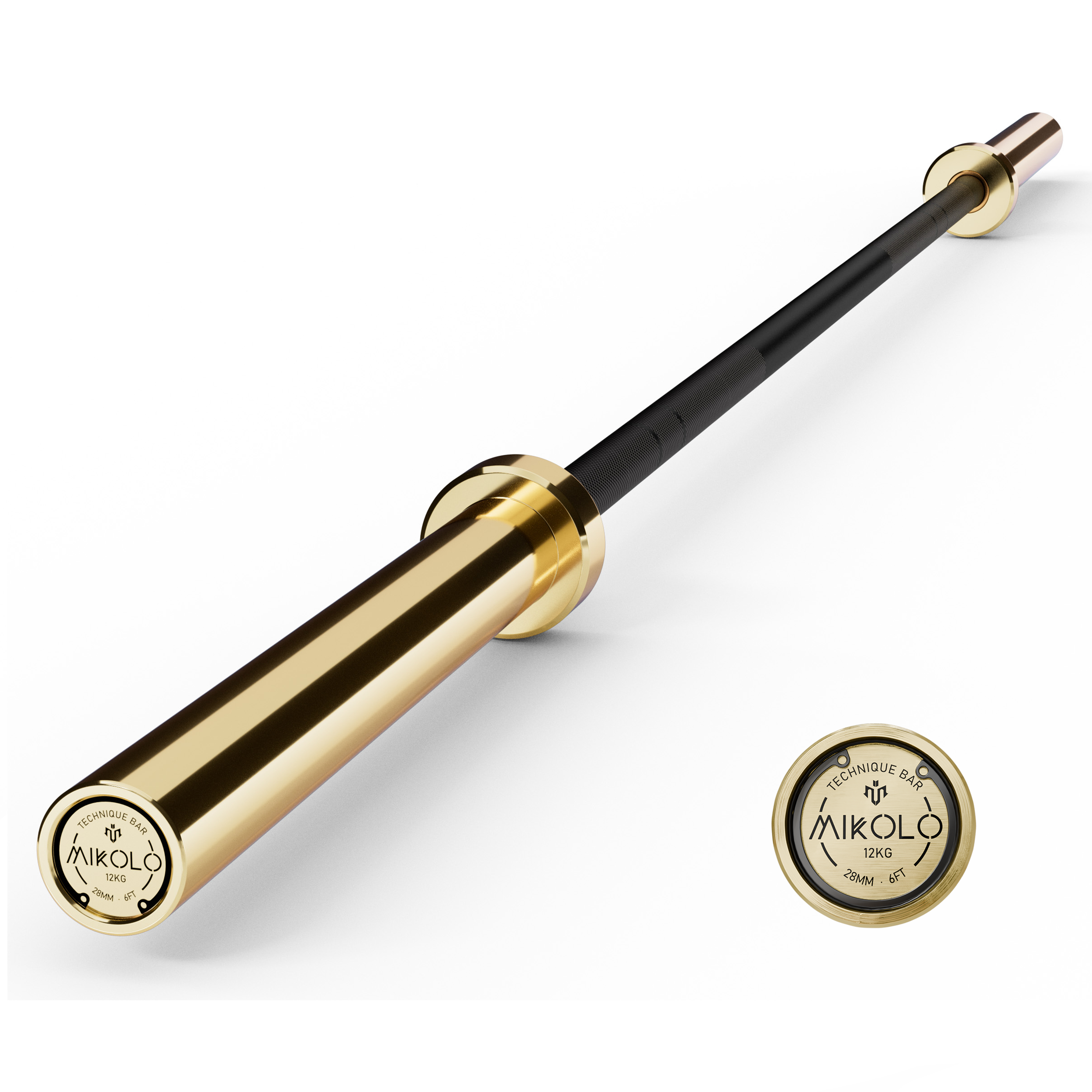
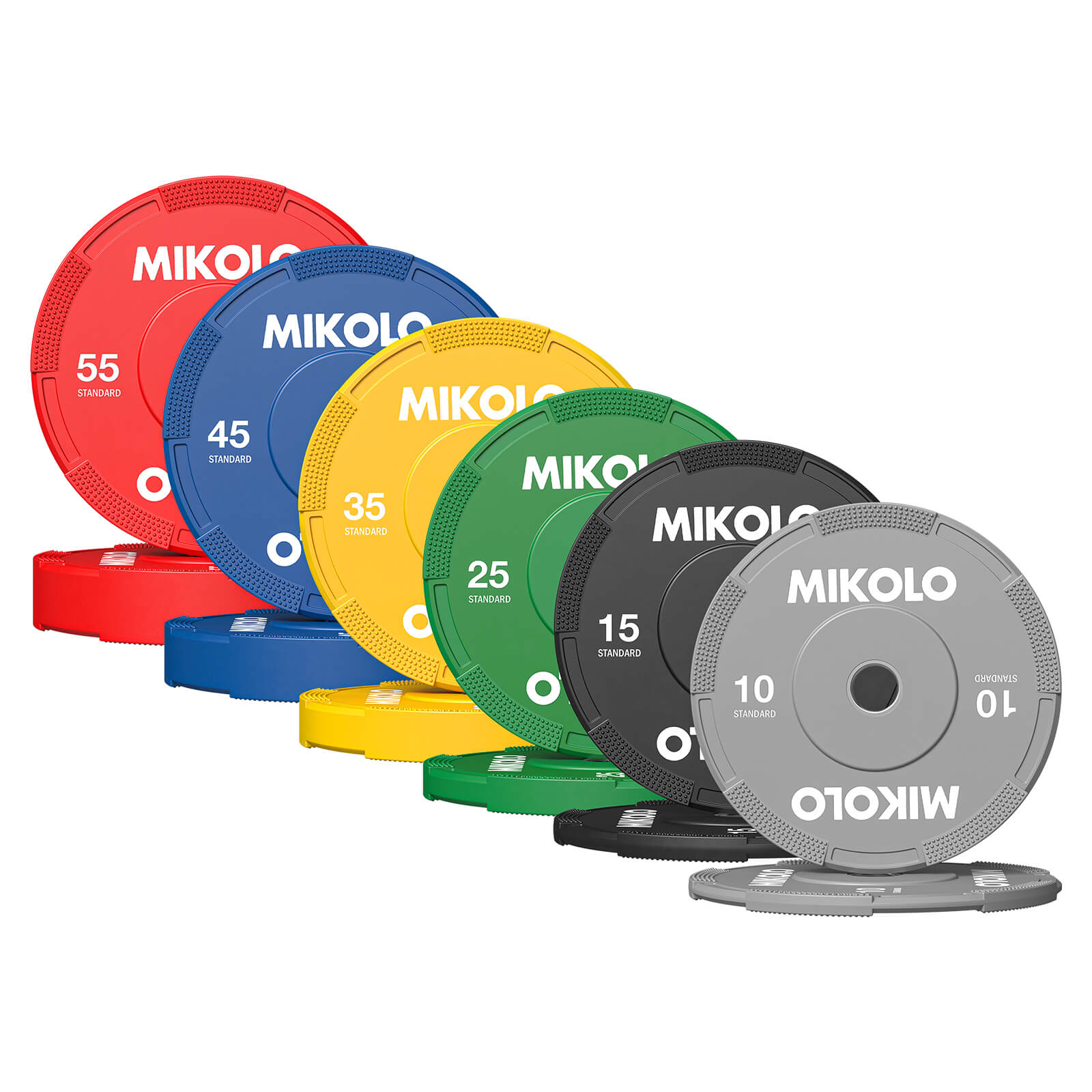
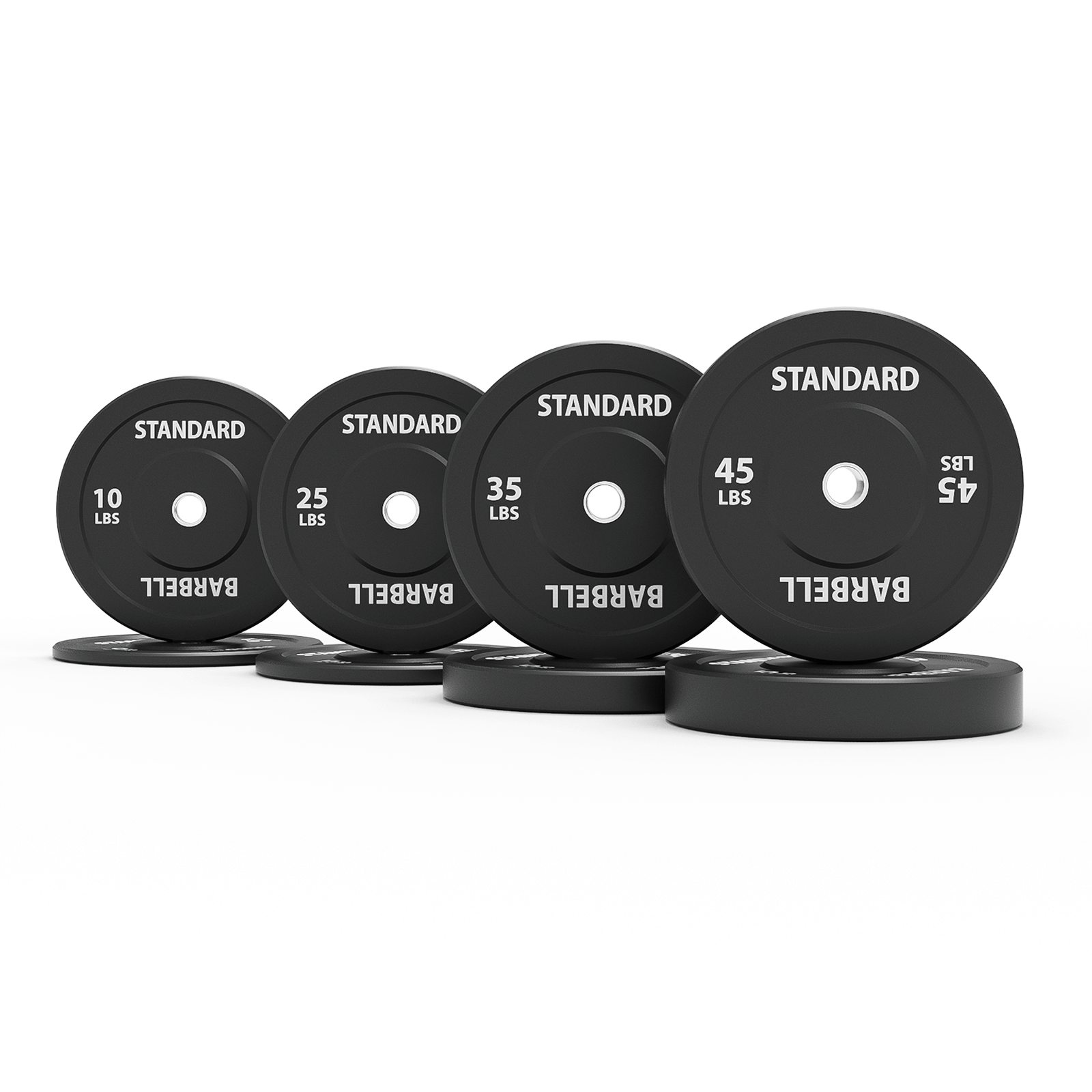
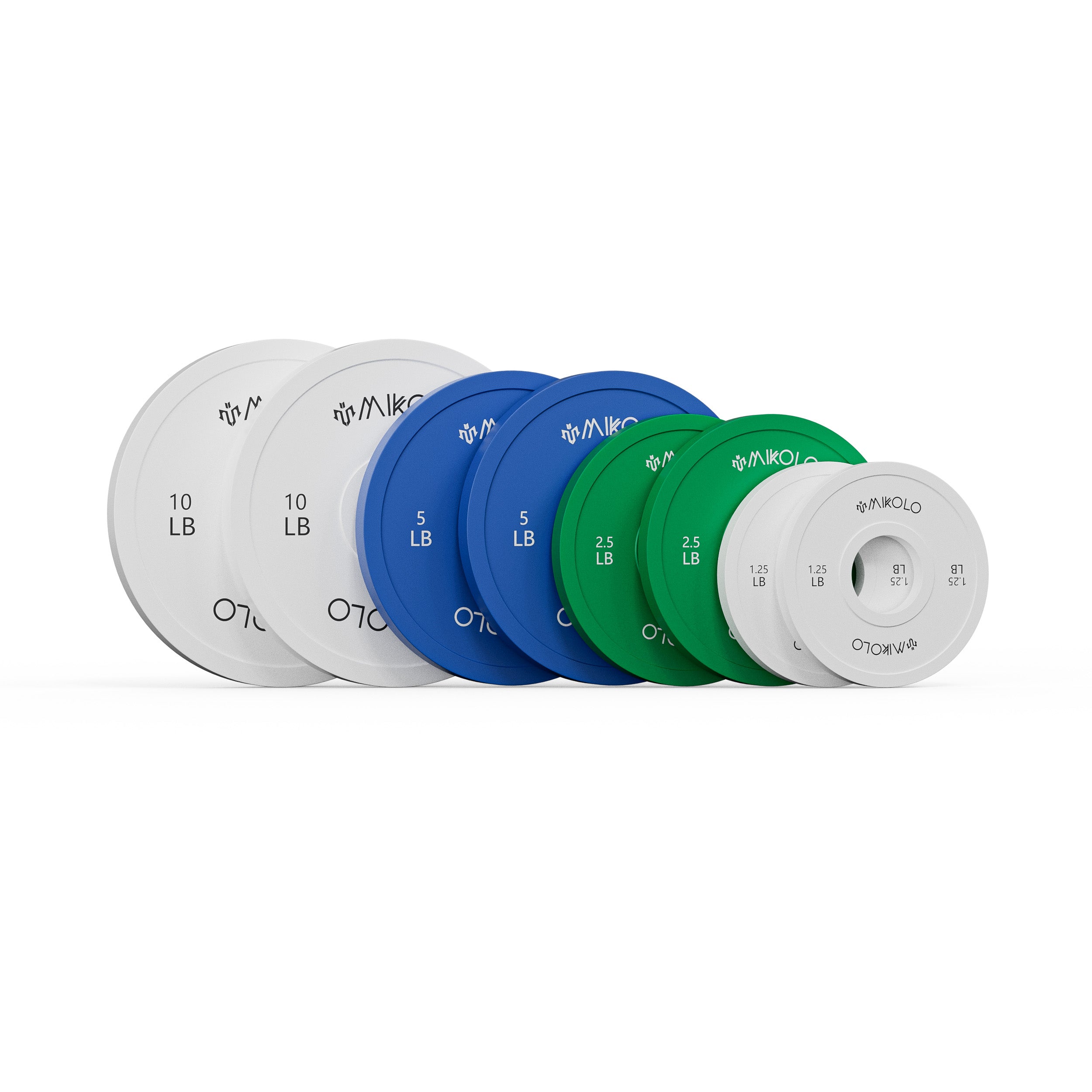

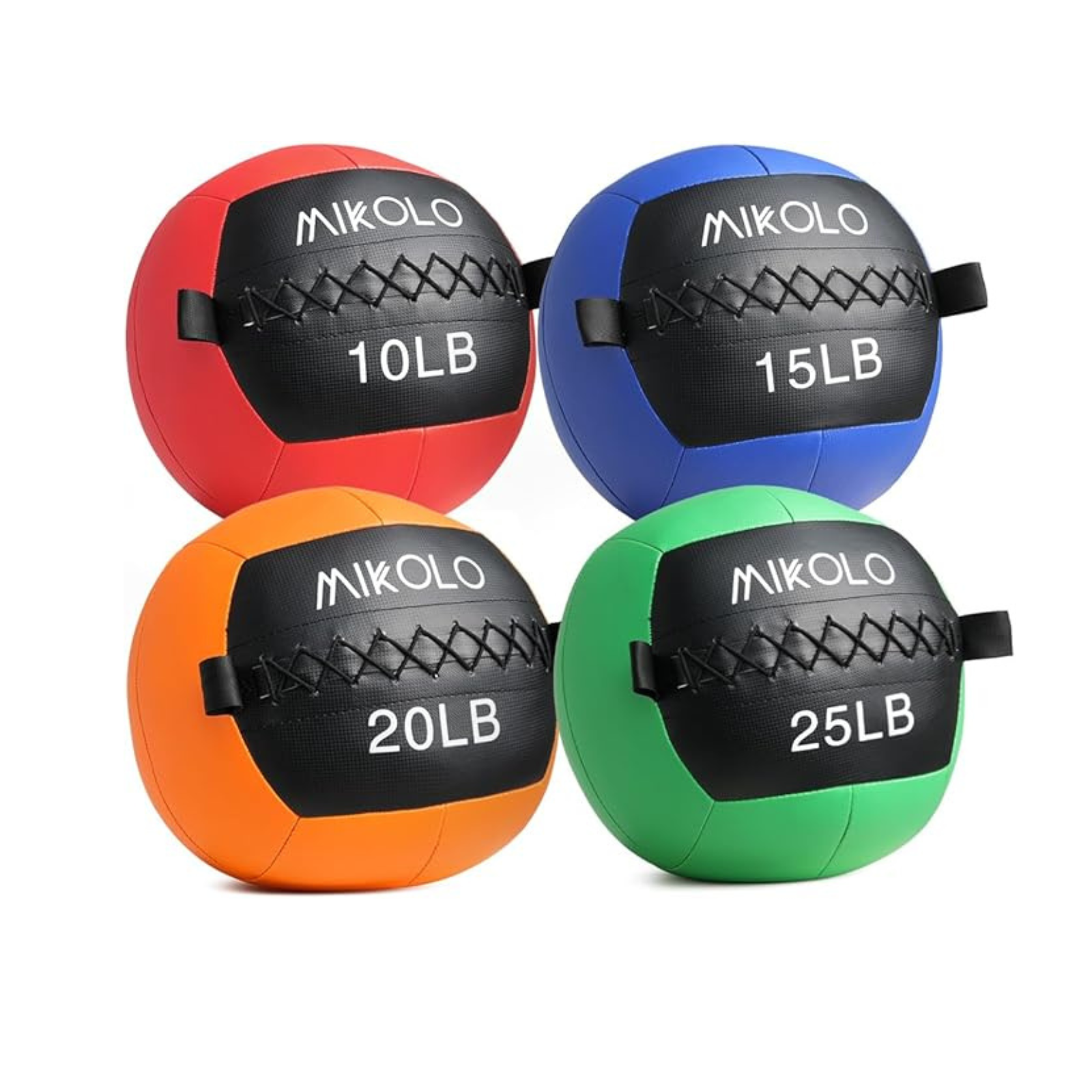
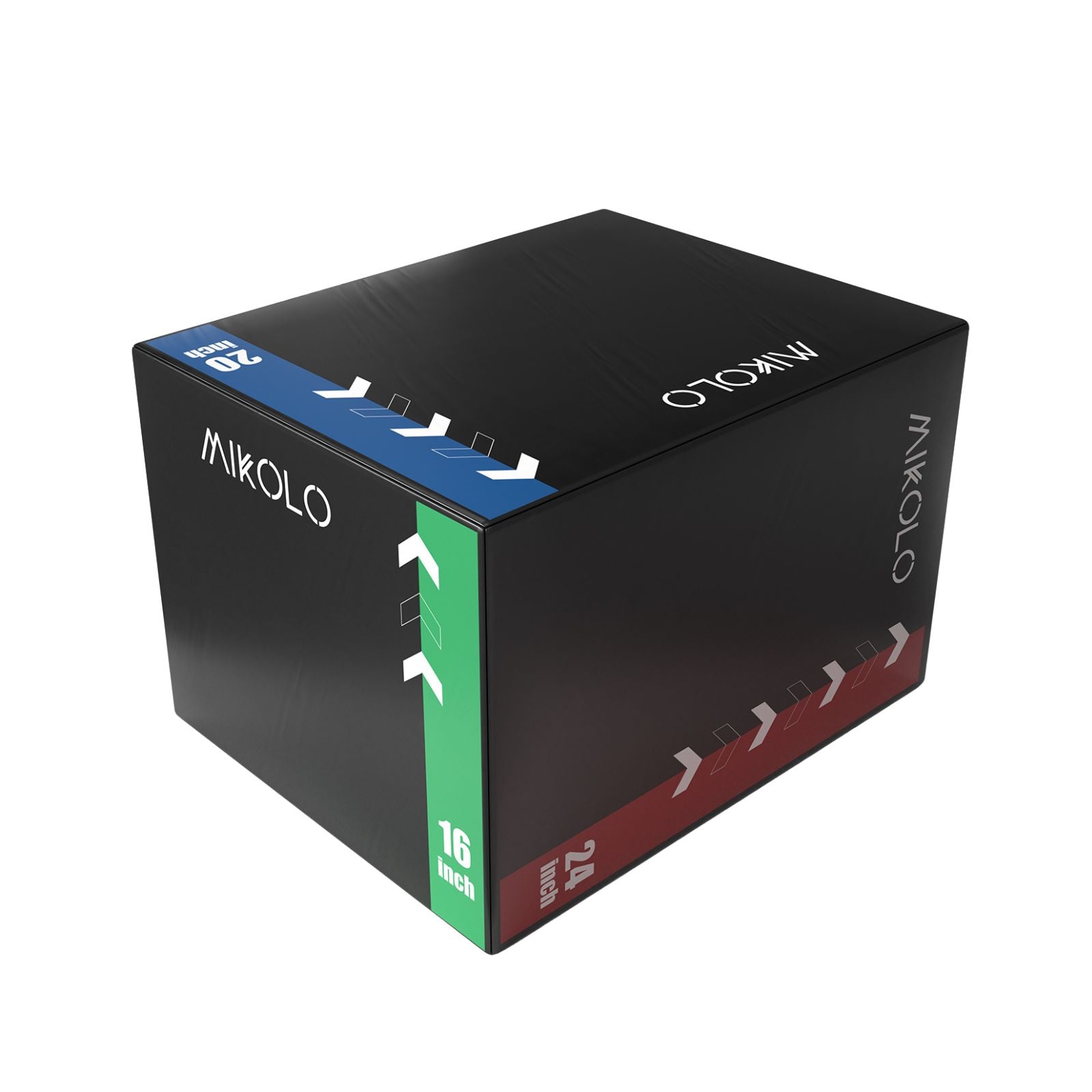
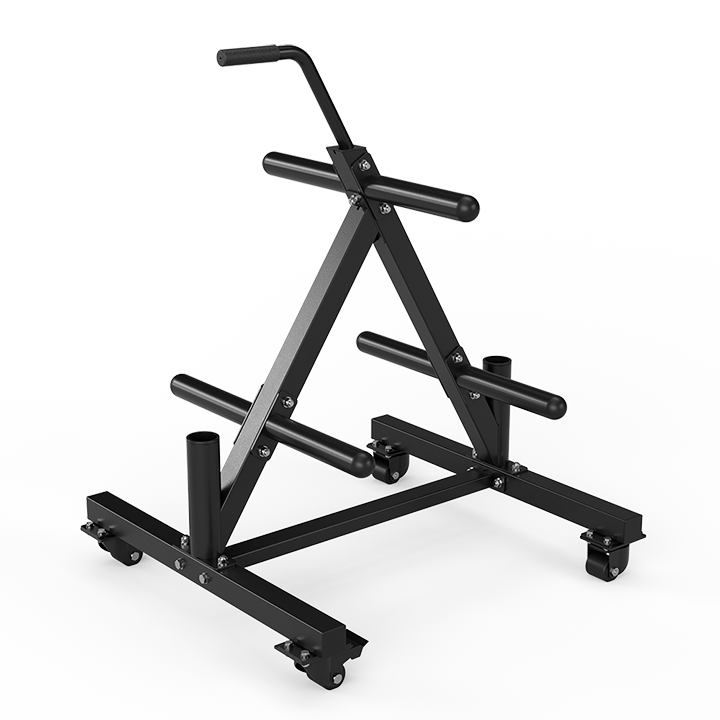
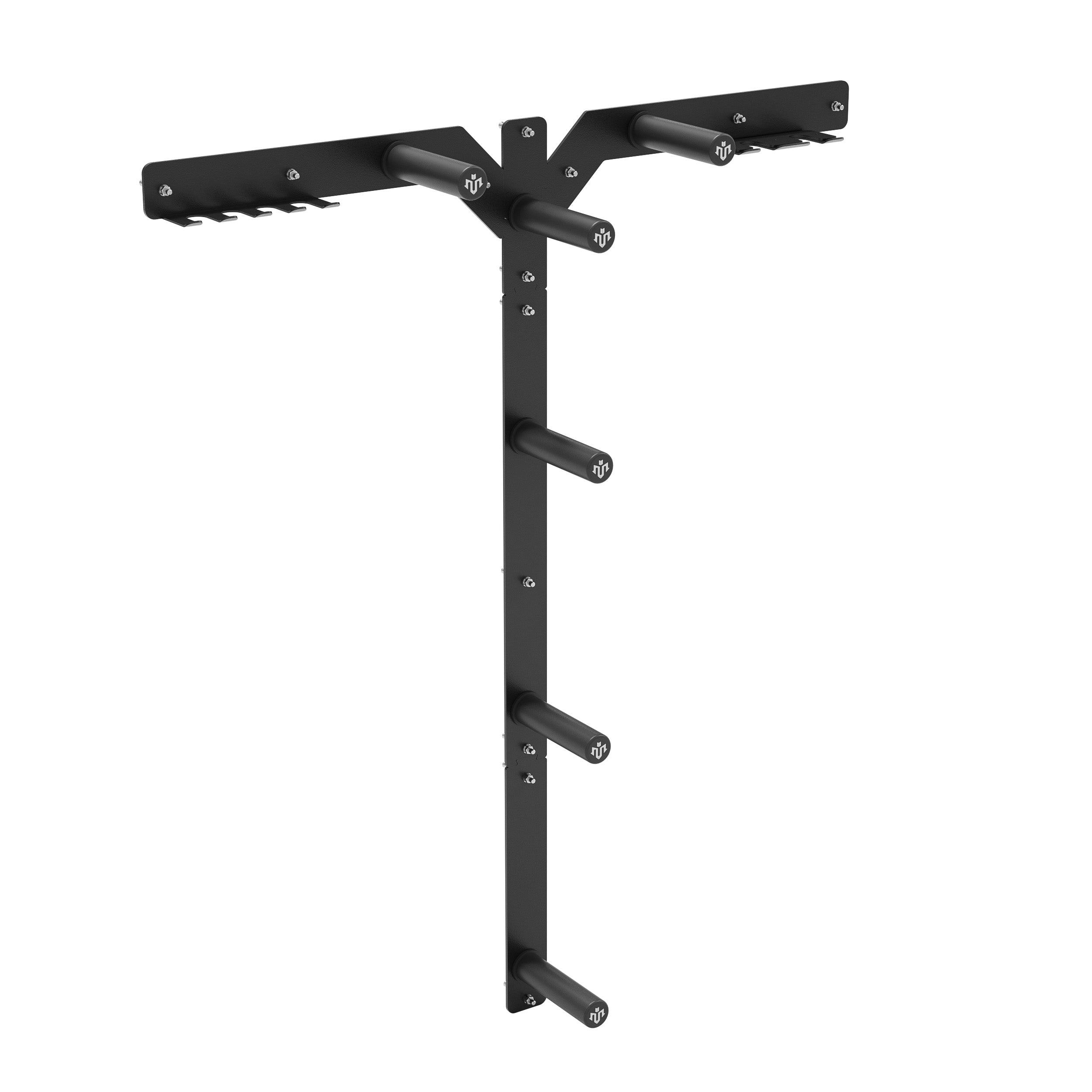




Leave a comment
This site is protected by hCaptcha and the hCaptcha Privacy Policy and Terms of Service apply.